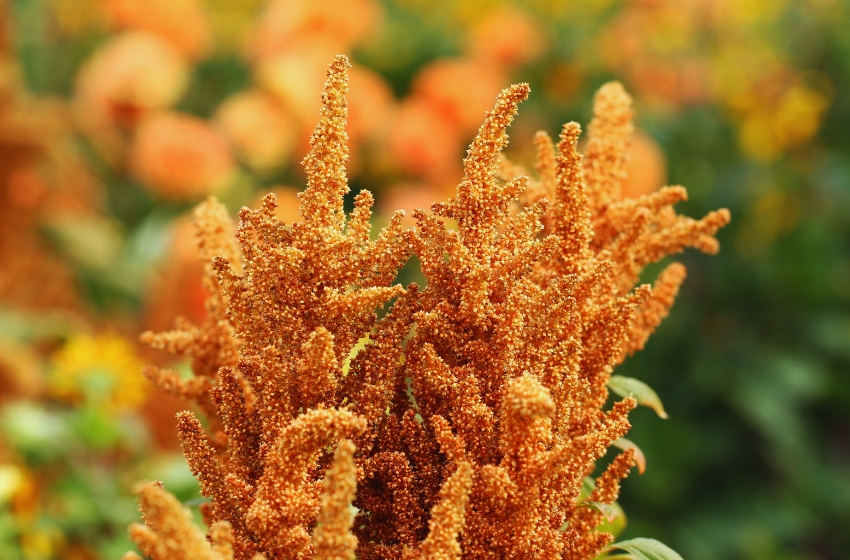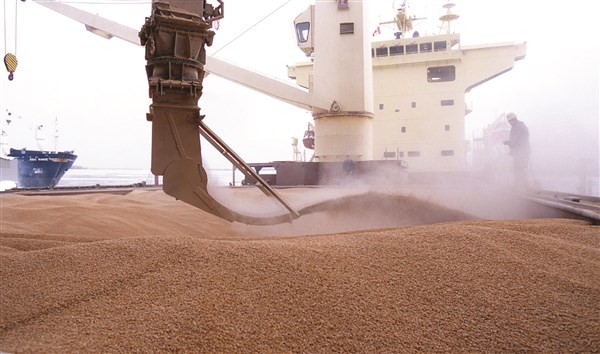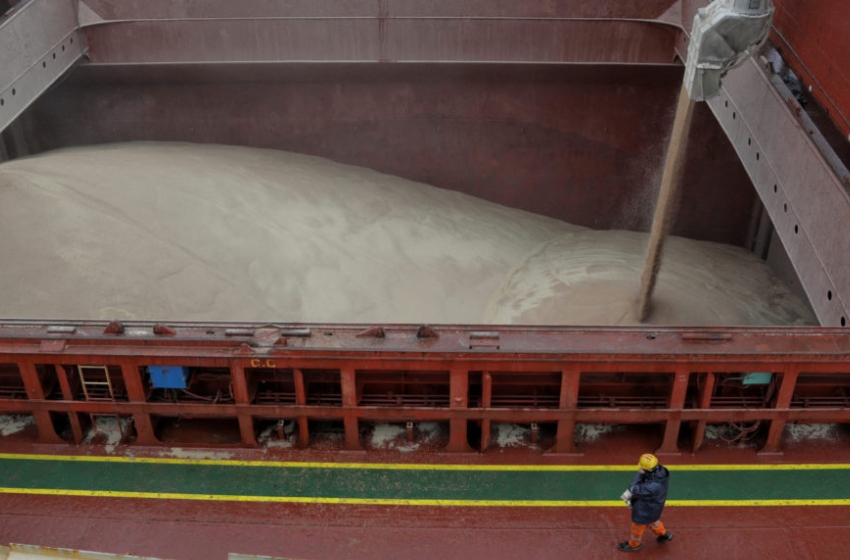In Ukraine, the main raw materials for bioethanol production are corn, wheat, and molasses. However, the range of raw materials for bioethanol production can be expanded by using agricultural crops (such as sugar sorghum, amaranth, and Jerusalem artichoke) with lower cultivation costs and a wide range of processing options.
This was shared by Alexander Duda, president of the Public Organization Association of Amaranth Producers and Amaranth Products, during an expert discussion on "The Prospects of Using Amaranth Vegetative Mass in Renewable Energy."
"According to expert data, the bioethanol yield from 1 hectare of amaranth is 4,000 liters. The leaders are sugar sorghum and sugar beets, with a bioethanol yield of 6,000 liters per hectare. The cost of growing amaranth for bioethanol production is over 15,000 liters per hectare, while for sugar beets, it's 60,000 liters per hectare," commented the expert.
_1742367497.jpg/IHIJEyVEKh4yZBS2kLiSl2VVkgix37WLPisy0m01.jpg)
He added that amaranth is also used to produce animal feed, cellulose, and granulated fuel pellets. Gasification waste (digestate) is a valuable fertilizer, and its application to fields helps restore and improve soil quality.





















